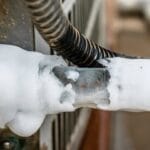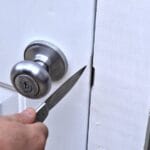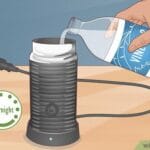Is your propane torch not lighting up like it used to? A faulty igniter can be frustrating, especially when you need your torch to work quickly and safely.
But don’t worry—you don’t have to replace the whole tool or call a professional just yet. In this guide, you’ll discover simple, clear steps to fix your igniter and get your propane torch firing again. Keep reading, and by the end, you’ll feel confident handling this common problem on your own.
Signs Of A Faulty Igniter
Recognizing the signs of a faulty igniter is important for safe and effective use of your propane torch. The igniter helps start the flame by creating a spark. When it fails, the torch won’t light properly. Early detection can save time and prevent accidents. Here are common signs to watch for.
No Spark Generation
The most obvious sign is no spark at all. Press the igniter button, but nothing happens. No visible spark means the igniter is not working. This can be caused by worn-out parts or electrical failure. Without a spark, the torch cannot ignite the propane gas.
Intermittent Ignition
Sometimes the igniter works only occasionally. It sparks sometimes but fails other times. This uneven behavior shows the igniter may be damaged or dirty. Loose connections or moisture can also cause this problem. Intermittent ignition means the torch is unreliable and needs checking.
Visible Damage Or Wear
Check the igniter for cracks, corrosion, or broken parts. Physical damage often stops the igniter from sparking. Dirt and rust can also block the spark. Regular use can wear down the igniter over time. Visible wear is a clear sign to repair or replace it.
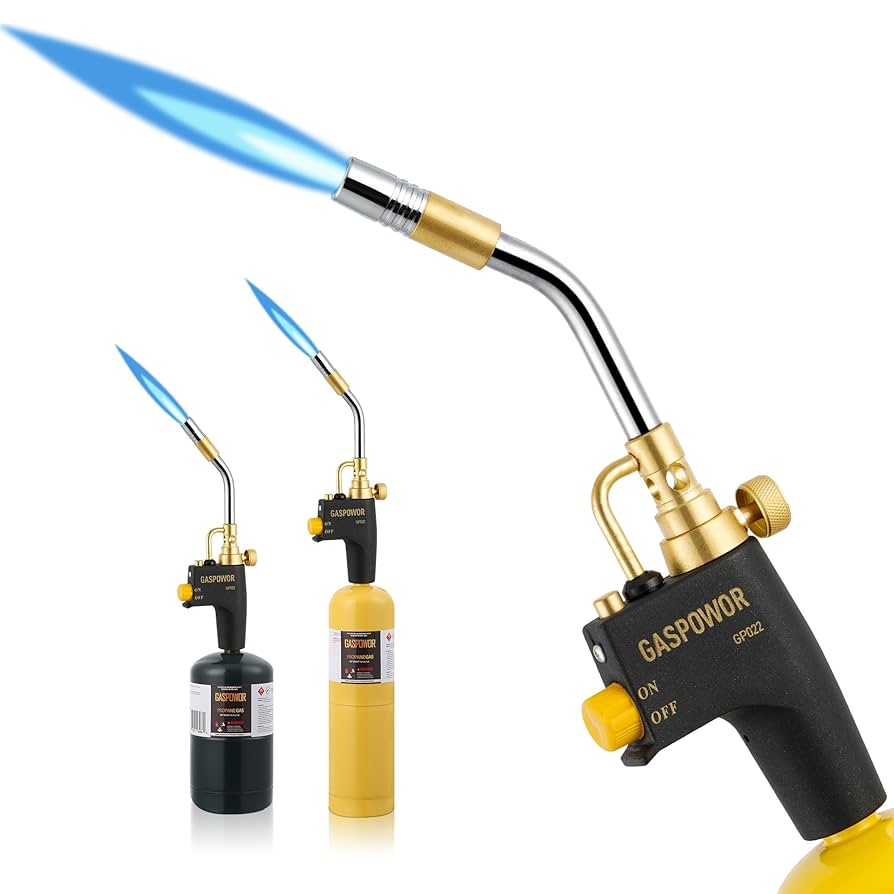
Credit: www.amazon.com
Safety Precautions Before Repair
Before fixing an igniter on a propane torch, safety is the top priority. Working with propane can be dangerous without proper care. Taking the right safety steps helps avoid accidents and injuries. Follow these precautions carefully to keep yourself safe during repair.
Turn Off Propane Supply
Always turn off the propane supply before starting any repair. Close the valve on the propane tank completely. This stops the gas flow and reduces the risk of fire or explosion. Check that no gas is leaking before you begin work.
Work In A Well-ventilated Area
Choose a place with good airflow for your repair. Open windows or doors to allow fresh air in. Ventilation prevents gas build-up, which can be harmful or cause explosions. Avoid working in small, closed rooms.
Wear Protective Gear
Wear safety glasses to protect your eyes from sparks or debris. Use gloves to shield your hands from heat and sharp parts. Long sleeves can help protect your skin. Proper gear lowers the chance of injury during repair.
Tools And Materials Needed
Fixing an igniter on a propane torch needs the right tools and materials. Having these ready saves time and avoids frustration. Each part plays a role in a smooth repair. Knowing what you need helps the job go faster and easier.
Screwdrivers And Pliers
Screwdrivers are key for removing screws from the torch body. A set with different sizes works best. Pliers help to grip and pull small parts safely. Needle-nose pliers are useful for tight spaces. These tools allow careful handling without damage.
Replacement Igniter Parts
Old igniters often need new parts to work again. Buy the correct replacement igniter for your torch model. Some parts may include the electrode or spark plug. Using original or compatible parts ensures safety and function. Check the product details before purchasing.
Cleaning Supplies
Cleaning the igniter area improves performance. Use a soft brush to remove dirt and debris. A cloth with rubbing alcohol cleans metal surfaces well. Avoid harsh chemicals that can cause damage. Clean parts help the new igniter work smoothly.

Credit: www.youtube.com
Step-by-step Igniter Repair
Fixing the igniter on a propane torch is simple with clear steps. Follow these instructions to replace the igniter safely and correctly. This guide helps you save money and get your torch working fast. Each step is easy to follow, even for beginners.
Remove The Old Igniter
First, turn off the propane supply. Let the torch cool down completely. Use a screwdriver to remove screws holding the igniter. Gently pull out the old igniter from its place. Keep screws safe for later use.
Clean The Ignition Area
Check the ignition area for dirt or debris. Use a small brush or cloth to clean the space. Remove any rust or soot that may block the spark. Clean parts improve the igniter’s performance and safety.
Install The New Igniter
Take the new igniter and align it with the mounting holes. Push it gently into the ignition spot. Secure it using the screws removed earlier. Make sure the igniter fits tightly to avoid gas leaks.
Test The Igniter Function
Turn the propane supply back on carefully. Press the igniter button to create a spark. Watch for a steady flame from the torch. If it lights up easily, the repair is successful. If not, check the connections and try again.
Common Issues And Fixes
Propane torch igniters can fail for several common reasons. Knowing these issues helps fix the igniter quickly. Most problems involve parts that are easy to check and repair. This section covers loose connections, corroded electrodes, and faulty wiring.
Loose Connections
Loose connections stop the igniter from sparking properly. Check the wire connections near the igniter button. Tighten any loose nuts or screws. Make sure wires fit snugly in their terminals. A steady connection lets the igniter work well.
Corroded Electrodes
Electrodes create the spark needed to light the torch. Corrosion can block the spark and stop ignition. Look for white or green buildup on the electrodes. Clean corrosion off with fine sandpaper or a wire brush. Keep the electrodes dry to avoid future corrosion.
Faulty Wiring
Wiring carries the electric current to the igniter. Faulty wires can break the circuit or cause shorts. Inspect wires for cracks, breaks, or burn marks. Replace damaged wires with new ones of the same size. Secure all wires to prevent movement and wear.
Credit: www.reddit.com
Maintaining Your Propane Torch Igniter
Maintaining your propane torch igniter helps it work well and last longer. A well-kept igniter lights quickly and safely. Small efforts in care can prevent big problems. Below are key tips to keep your igniter in top shape.
Regular Cleaning
Clean the igniter often to remove dirt and soot. Use a soft brush or cloth for wiping. Avoid water or harsh chemicals that may damage parts. Clean contacts gently to keep sparks strong. Regular cleaning stops buildup that blocks ignition.
Proper Storage
Store the torch in a dry, cool place. Keep it away from dust and moisture. Use a protective case or cover if possible. Proper storage stops rust and keeps parts safe. Avoid placing heavy items on the torch.
Routine Inspections
Check the igniter before each use. Look for cracks, corrosion, or loose parts. Test the spark to ensure it works well. Replace worn parts early to avoid failure. Routine checks help catch problems early and keep you safe.
Frequently Asked Questions
How Do I Know If My Propane Torch Igniter Is Broken?
A broken igniter usually won’t spark or light the torch when pressed.
What Tools Are Needed To Fix A Propane Torch Igniter?
You need a screwdriver, replacement igniter, and sometimes pliers for fixing.
Can I Repair The Igniter Without Removing The Propane Tank?
Yes, always turn off and disconnect the propane tank before fixing the igniter.
How Long Does It Take To Fix A Propane Torch Igniter?
Fixing usually takes about 10 to 20 minutes depending on the issue.
What Safety Tips Should I Follow When Fixing An Igniter?
Work in a well-ventilated area, keep away from flames, and wear gloves.
Conclusion
Fixing the igniter on a propane torch is simpler than it seems. Check the spark, clean parts, and replace worn pieces. Small steps can bring your torch back to life. Safety matters—always work in a well-ventilated space and follow instructions.
A working igniter saves time and makes your work easier. Keep tools ready and maintain them regularly. This way, your torch stays reliable for every job. Simple care helps avoid bigger problems later. Now, you can fix your torch with confidence.

